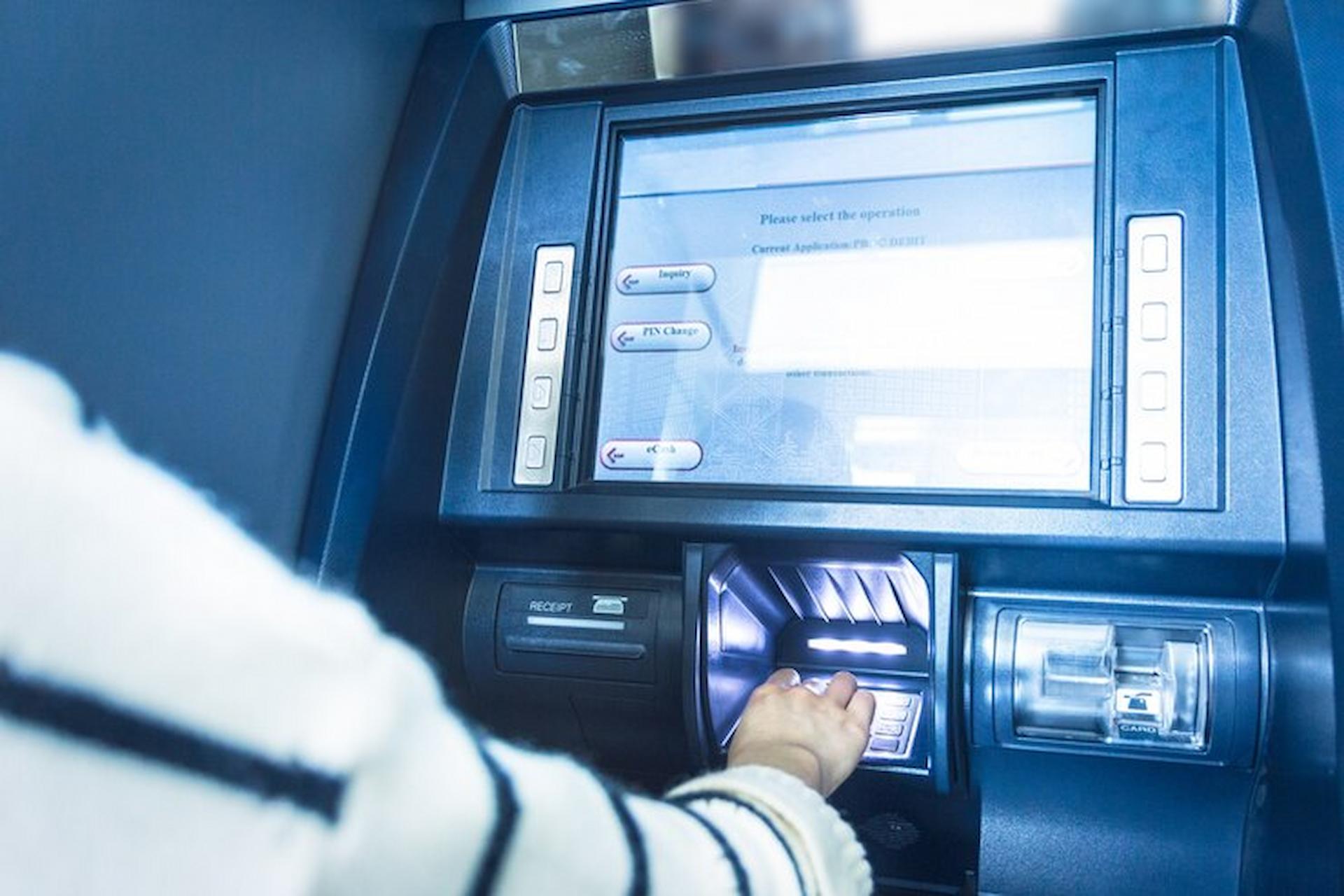How Valuable Are ATMs as Investment?

Discover the untapped potential of ATMs as investments in today’s financial landscape. Explore how local ATM products can offer stable returns and diversify your portfolio.
Automated Teller Machines (ATMs) often stand out as a unique asset class in investment opportunities. Beyond their primary function of dispensing cash, ATMs have garnered attention as potential income-generating assets. Investors are increasingly drawn to these machines’ stability and passive income potential, particularly those integrated with local ATM products. This comprehensive guide delves into the nuances of investing in ATMs, evaluates their profitability, and highlights key considerations for prospective investors.
Understanding the Basics of ATM Investments
Investing in ATMs involves purchasing machines installed in various locations, such as retail stores, malls, or public areas. These machines generate revenue through transaction fees charged to users. Unlike traditional investments like stocks or bonds, ATMs offer a steady income stream relatively independent of market fluctuations. This stability makes them attractive for investors seeking passive income with minimal ongoing management.
The Economics Behind ATM Investments
The financial viability of ATM investments hinges on understanding the revenue model. Each transaction processed through an ATM incurs a fee, typically split between the ATM owner and the operator (often a financial institution). The fee structure can vary based on location and transaction volume. Investors must assess factors such as foot traffic, transaction frequency, and fee agreements to gauge potential returns accurately.
Evaluating Return on Investment (ROI) Metrics
Calculating ROI for ATMs involves considering initial investment costs, ongoing maintenance expenses, and projected revenue. ROI metrics such as Cash on Cash Return and Internal Rate of Return (IRR) help investors gauge profitability over time. Factors influencing ROI include machine reliability, operational efficiency, and the competitive landscape within the ATM market.
Risk Factors and Mitigation Strategies
While ATMs offer stable returns, they are not without risks. Operational risks such as technical failures or vandalism can impact revenue streams. Additionally, regulatory banking and payment processing changes may affect fee structures and profitability. Mitigating risks involves selecting reputable operators, implementing robust security measures, and diversifying ATM placements across different locations.
Tax Considerations for ATM Investors
Tax implications play a crucial role in determining net profits from ATM investments. Income generated from transaction fees is typically taxable, while depreciation allowances can offset taxable income. Investors should consult with tax professionals to optimise their tax strategy and ensure compliance with local regulations.
Leveraging Technology: Innovations in ATM Products
Advancements in technology have transformed traditional ATMs into multifunctional kiosks offering a range of services beyond cash withdrawals. Modern ATMs may facilitate bill payments, mobile phone top-ups, or cryptocurrency transactions. Integrating these features can enhance revenue potential and attract a broader user base, thereby increasing the attractiveness of ATM investments.
Scalability and Portfolio Diversification
ATM investments provide scalability options for investors looking to expand their portfolios. Acquiring multiple machines across diverse locations spreads risk and enhances income potential. Moreover, integrating local ATM products tailored to community needs can foster customer loyalty and bolster long-term profitability.
Regulatory Landscape and Compliance
ATM investors must navigate the regulatory environment to ensure operational compliance and mitigate legal risks. Regulations governing financial services, consumer protection, and data privacy vary by jurisdiction and may impact ATM operations. Staying informed about regulatory changes and adhering to industry standards are essential for maintaining profitability and investor confidence.
Conclusion
Investing in ATMs presents a compelling opportunity for generating passive income and diversifying investment portfolios. With stable revenue streams, minimal management requirements, and potential for innovation through local ATM products, these machines offer a resilient asset class in today’s financial landscape. While risks exist, prudent investment strategies, technological advancements, and regulatory compliance can mitigate these challenges. Whether you’re a seasoned investor or exploring new avenues, ATMs merit consideration as a valuable addition to your investment portfolio.
1 thought on “How Valuable Are ATMs as Investment?”
You must be logged in to post a comment.

Absolutely! Thanks for diving into this topic. ATMs are a fascinating investment avenue. Their convenience and ubiquitous presence make them indispensable in today’s cash-driven economy. Investing in ATMs can provide steady passive income through transaction fees, especially in high-traffic locations like malls or urban centres. However, like any investment, it’s crucial to consider maintenance costs, security measures, and regulatory changes. Yet, the potential for consistent returns and the increasing reliance on cash transactions globally make ATMs a valuable addition to any diversified investment portfolio. Overall, a well-managed ATM investment is a smart financial move. Thanks for the insights!